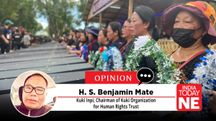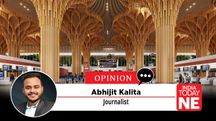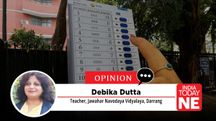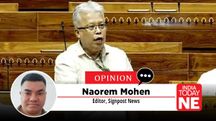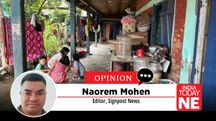Demographic Invasion in Assam: Can the Mutilated Marginals Speak?
The Indian state of Assam shares a 262 km long boundary with Bangladesh and a large part of it is wide open therefore Assam becomes one of the preferred destinations for migrants from Bangladesh.
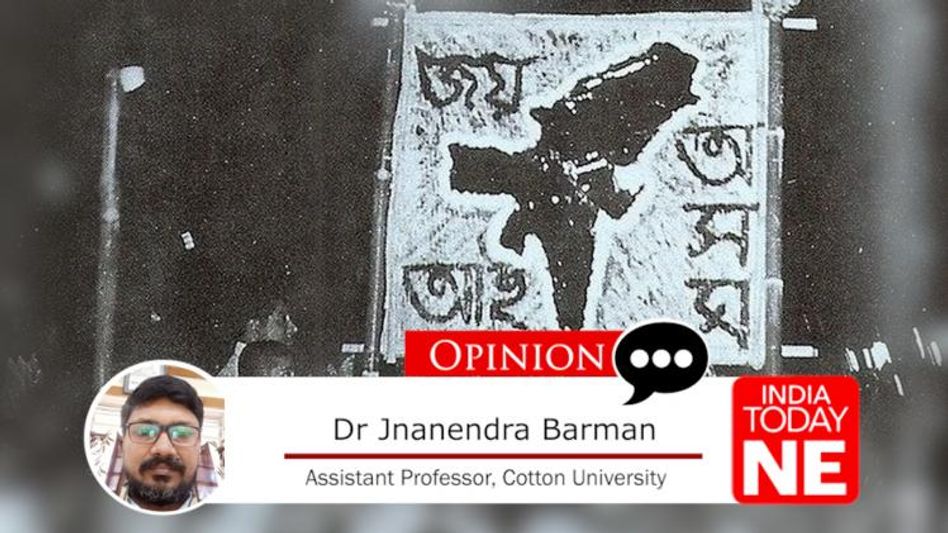 Demographic Invasion in Assam
Demographic Invasion in AssamDuring 1951-2001 world’s largest Islamic country Indonesia witnessed 202.65 per cent population growth. During this period African Islamic state Morocco’s population increased by 215.10 per cent, and India’s neighbour Pakistan’s population increased by 279.22 per cent. Another orthodox Islamic country Turkey’s population increased by 193.15 per cent. During the same period, India’s Muslim population increased by 289.83 per cent and the Indian state of Assam witnessed a 312.87 per cent increase in the Muslim population. According to National Family Health Survey report total fertility rate of Hindus in Assam stands at 1.6 which is much below the replacement level of 2.1. Research Shows the immigrant Muslim fertility rate is above 4.5.
On 13th September 2013 the UN-Department of Economic and Social Affairs (UN-DESA) report said that in 2013, 3.2 million Bangladeshi migrated to India. It termed the exodus from Bangladesh into India as “the single largest stock of international migrants”. Bangladesh with a population density of 1252/sq km is the most thickly populated country in the world and experts say that climate change in the coming days is likely to cause the migration of huge masses of people from the country’s coastal areas. Some 20 million people are expected to migrate due to environmental disasters by 2050. The Govt plan says that settlement of environmental refugees would pose a serious problem to the country and therefore it says that ‘migration (abroad) must be considered as a valid option for the country’.
The Indian state of Assam shares a 262 km long boundary with Bangladesh and a large part of it is wide open therefore Assam becomes one of the preferred destinations for migrants from Bangladesh. Because of migration, the Indigenous Hindu population is constantly declining in many parts of lower Assam. In Baghbor of Barpeta district, the indigenous population was 14,112 in 1991, this number declined to 10,789 in 2011. On the contrary Muslim population increased from 2,31,242 in 1991 to 2,94,993 in 2011. In the Barpeta district of Assam’s indigenous population constituted 51.1 per cent of the total population in 1971. In 2001 this number declined to 6,62,066 (40.19 per cent ). In 2011 it further declined to 4, 92,966 (29.11 per cent).
In South Solmara of Dhubri district indigenous population was 5,5,57 in 1991. In 2011 this number declined to 4,589. On the contrary immigrant Muslim population increased from 1,61,952 in 1991 to 2,44,590 in 2011. Muslim population growth rate during 1991-2011 is 51.03 and the Hindu population growth rate is -17.41 per cent.
In Bagribari, the Hindu population, mostly indigenous was 32,614 in 1991; in 2001 this number declined to 31,119. In 2011 this number further declined to nearly 23000. Where have all these Hindus gone and under what circumstances? In Chapar of Dhubri district Hindu population was 50,255 in 1991; in 2001 this number declined to 49,165. In 2011 Hindu population in the area further declined to 43,121.
In Dhubri district Hindu population was 4,05,065 in 2001; in 2011 the number declined to 3,88,380. In 1991 Hindus constituted 28.73 per cent of the district’s total population; in 2011 this percentage has declined to 19.92 per cent. In Paschim Nalbari block of Nalbari district Hindu population was 106,234 in 2001. This number has declined to 97,6,47. Some 8600 people are missing from the area. In those areas where the indigenous people have been reduced to a minority because of the large-scale presence of the immigrant community, the indigenous people are facing threats from the immigrant community. Many of them have left their ancestral homes because of threats from immigrant Muslims.In the ‘secular’ discourse their concern appears communal; they remain mutilated marginals in the dominant secular discourse of the country. Throughout history, these indigenous people preached and practised secularism and spread the message of communal harmony but could not withstand the threat to their life and property. In some other parts, these indigenous people are fighting hard to protect their rights over land and property.
Immigrant Muslims with their uncontrolled birth rate and influx from across the border have reduced the indigenous/ ethnic people into minorities in different parts of the state. The tussle between foreigners and citizens has been going on at demographic, political, economic, and cultural levels for decades. Assam Government formed a committee under former Chief Election Commissioner of India Sri Harisankar Brama to take stock of the situation arising out of land encroachment by the suspected illegal migrants and to suggest measures to protect the land right of the indigenous people of the state. The committee found that in 15 districts of Assam, settler Bangladeshi migrants have become the dominant group, and 63 lakh Bighas of land have been encroached upon. Vote bank politics worked to mutilate the indigenous people of the state.
Copyright©2025 Living Media India Limited. For reprint rights: Syndications Today
